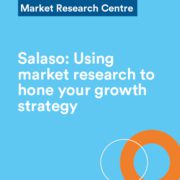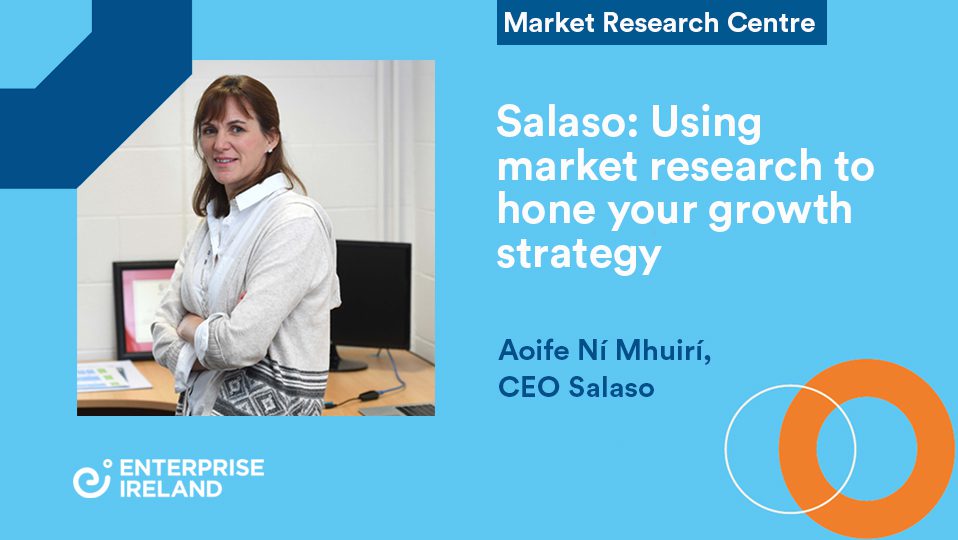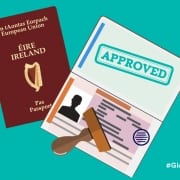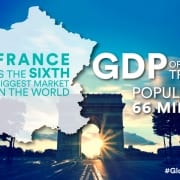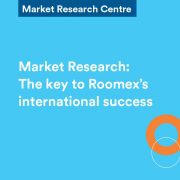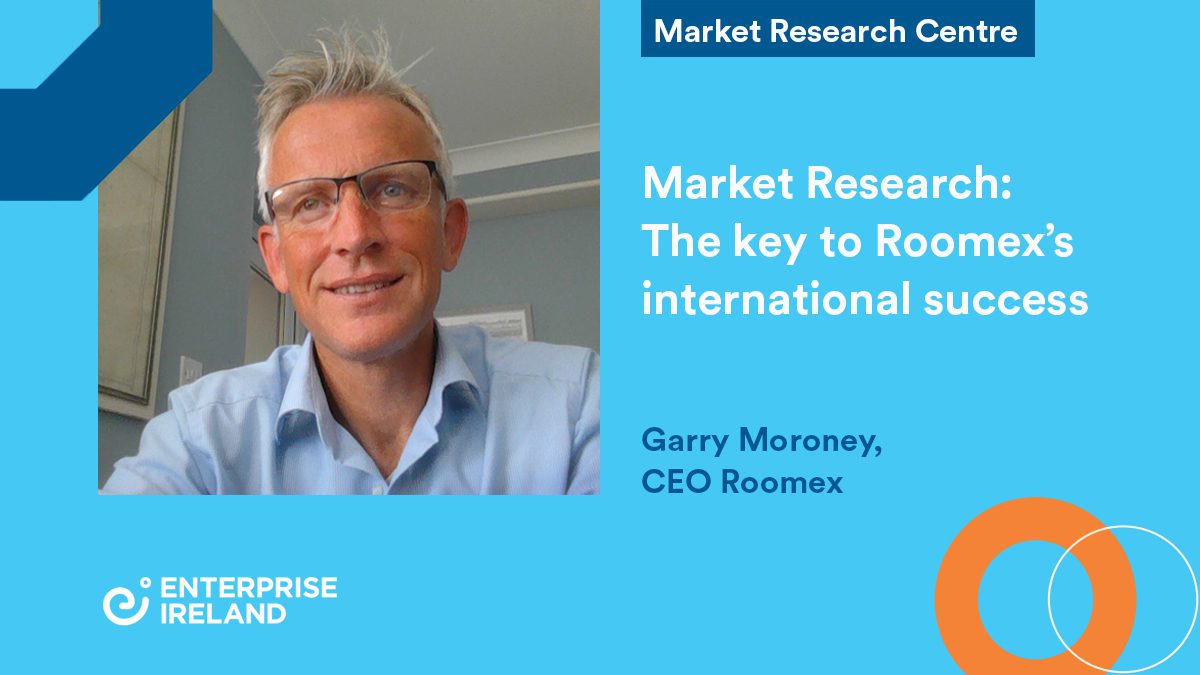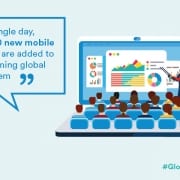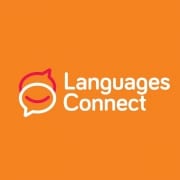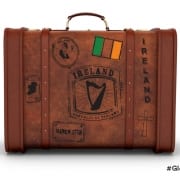Silicon Savannah beckons for exporters keen to capitalise on East Africa growth
Lisa Kallback, a trade representative for Kenya at Enterprise Ireland, describes exciting opportunities heating up for Irish exporters in East Africa.
The Rift Valley in East Africa is generally thought to be the area in which modern humans first appeared. Fast forward 200,000 years and this Cradle of Humankind has been reborn economically.
Three of the top 10 fastest-growing economies in the world in 2017 were located in East Africa. The African Development Bank (AfDB) has forecast growth of 5.9% in the region this year and 6.1% in 2019, with Djibouti, Ethiopia, Kenya, Rwanda, Tanzania and Uganda all reporting GDP growth in excess of 5%.
Why East Africa is on the radar of Irish exporters
Trade between Ireland and Africa is also on the rise, forecast to reach €24 billion by 2020. In 2018, as in every year since 2012, East Africa will be the continent’s fastest-growing region.
It is little wonder then that the region’s burgeoning middle class, estimated to comprise about 10-15% of its 430 million-strong population, is on the radar for exporters.
While agriculture is an area in which many Irish companies have enjoyed success, opportunities also abound in other high-value sectors, such as healthcare, fintech, and ICT.
Nairobi, Kenya’s capital, is at the heart of East Africa’s transformation. Indeed, its reputation as an ICT hub has earned Kenya the moniker Silicon Savanah.
Opportunities in the Silicon Savanah
Mobile money technology was pioneered in Kenya. The electronic wallet service – which allows users to store, send, and receive money using their mobile phone – has transformed how many Africans receive their pay and spend funds. The service is actively used by an estimated 66% of all adults in Kenya, Rwanda, Tanzania, and Uganda.
Dublin-based provider Oxygen 8 offers mobile payment solutions through their Tola subsidiaries in Kenya, Mozambique, Tanzania, Uganda, and Rwanda, as well as Ghana in West Africa. Group CTO Shay Hamilton explains, “The economies in East Africa are growing quickly. Of course, some will be coming from a low base but the emerging middle class means there are more opportunities to come and sell, particularly in the digital space, due to the prevalence of tolled mobile infrastructure, coupled with the mobile payments services.”
Key advice for Small and Medium Enterprises looking to break into East African markets is to ensure you have a strong local partner.
Ruth Barnes is Director of Commercial Operations at Vitro Software, which provides medical records software to the fast-growing private health sector. She says, “We have a partner in Kenya and work very closely with them. But even when you have a partner, it’s hugely important to make the trips and be on the ground there. They are an extremely warm and affectionate people. The relationship is all important and you need to invest time in building those relationships first of all.
Pricing is another issue that Vitro has focused on. “African people are very tech savvy. They’re open to innovation but price has to be achievable because, while growth in East Africa is strong, they are still developing countries. If you’re willing to be a bit flexible in terms of your model and pricing, there are opportunities.
Peter McEntee, of telecoms software provider Nasc Technologies, draws parallels between opportunities in East Africa today and those in Ireland in the 1990s. “A lot of the telecoms software we started out doing was suited to helping telecoms companies in developing countries, and specifically, to Africa. We’ve since developed a range of software for fibre deployments as well, and there is a lot of fibre deployment happening in East Africa, similar to Ireland in the 1990s when the market opened up and new players came in.”
The modern reality of East Africa is much changed from the West’s image of the region in the late twentieth century.
Enterprise Ireland can help exporters with an eye on the savvy Silicon Savannah to identify sectors and opportunities, make introductions to potential partners and buyers, and advise on important procedures, market entry barriers and license requirements. For more information contact Lisa.Kallback@enterprise-ireland.com.
This article was originally published in the Sunday Independent.


